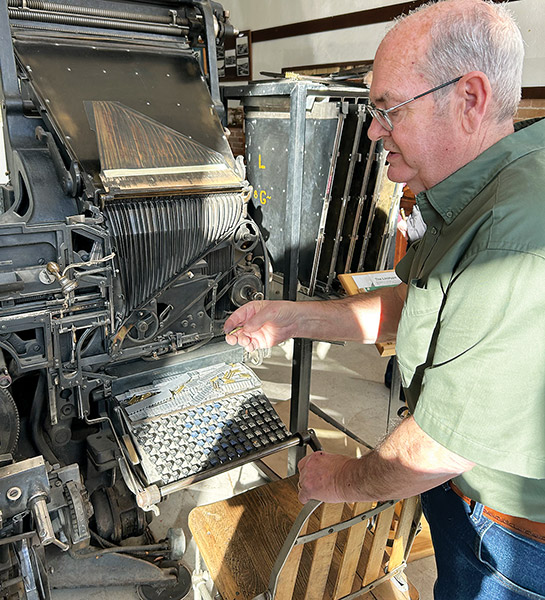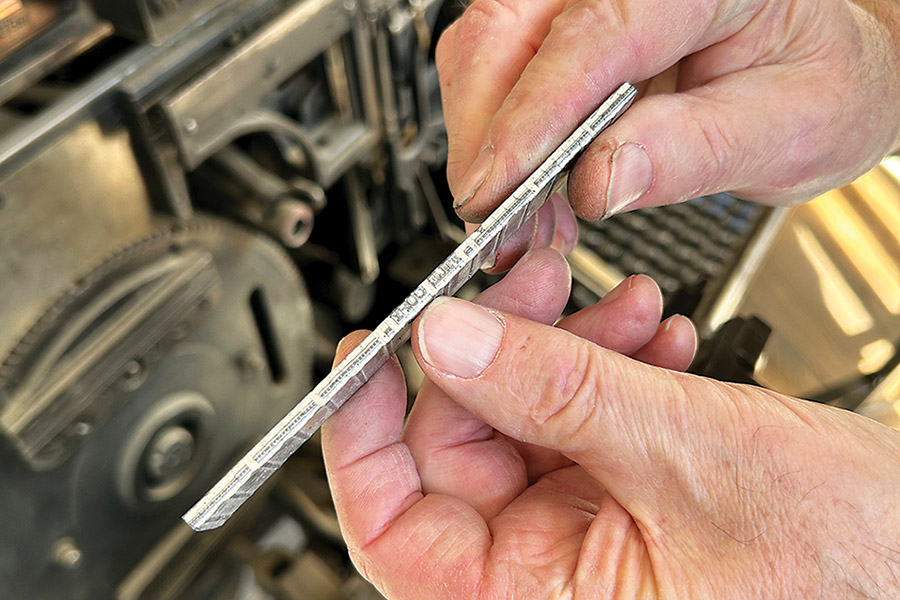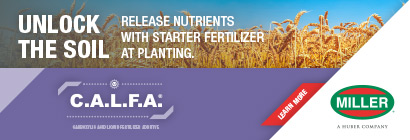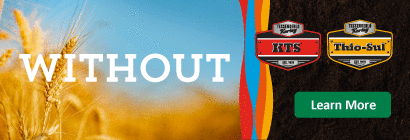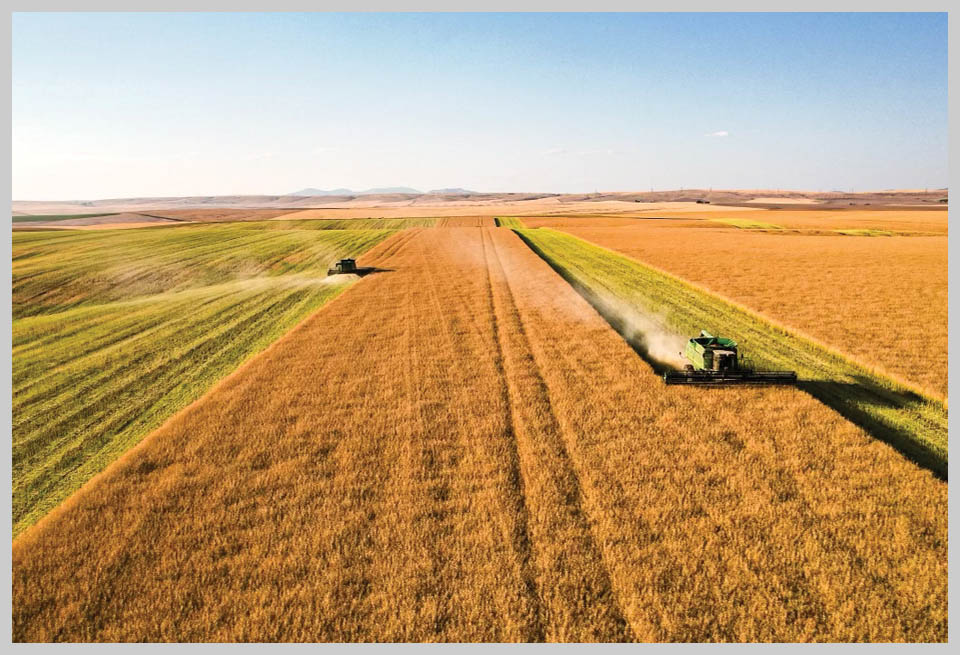Pressed into Palouse history Museum focuses on backstory of region's past, printing industry
2023March 2023
By Trista Crossley
Editor

It’s not a typo. Palouse, Wash., with a population of a little over 1,000, is home to one of the wonders of the world.
A few of them, actually.
Thomas Edison called the Linotype machine the eighth wonder of the world for the way it revolutionized the printing process. Until 1886, when Ottmar Mergenthaler, a German immigrant with a background in clockmaking, debuted his new invention, printing was done by arranging individual letters, spaces and punctuation marks, carved out of wooden blocks and cast into lead, to form text. The process was very labor intensive and slow. Mergenthaler’s machine used a keyboard to form a line of text that could be quickly cast in hot metal, producing a “line of type,” or Linotype. This sped up the printing process considerably. Linotype machines quickly caught on in newspapers and magazines and were used as late as the 1970s and 1980s until computers started to take over.
The history of the newspaper and printing industry is front and center at the Roy Chatters Newspaper and Printing Museum in Palouse, which is run by the Whitman County Historical Society (WCHS). The museum pays homage to the machine that fed news to the world by showcasing different models of the Linotype, preserving many of the region’s bygone newspapers and celebrating the history of the town and the town’s residents.
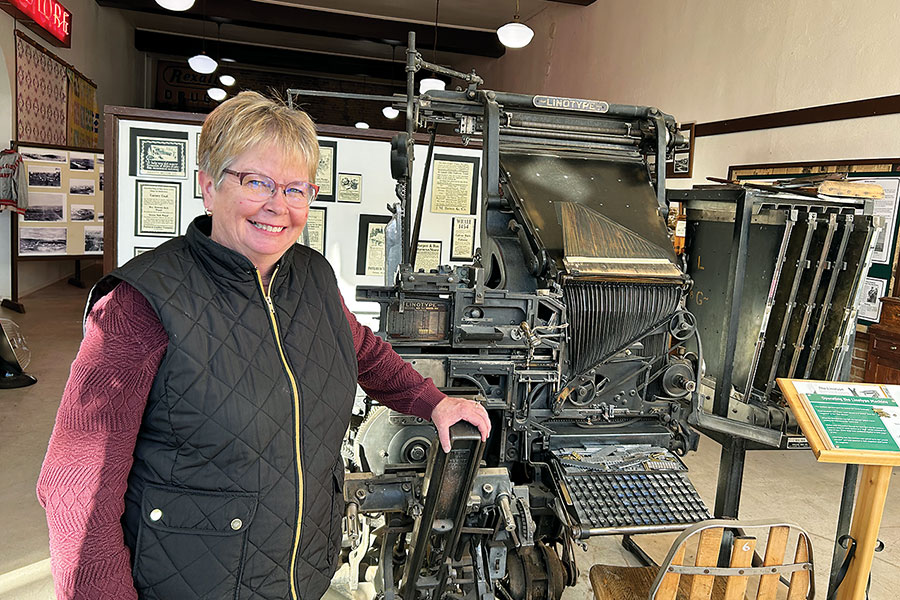
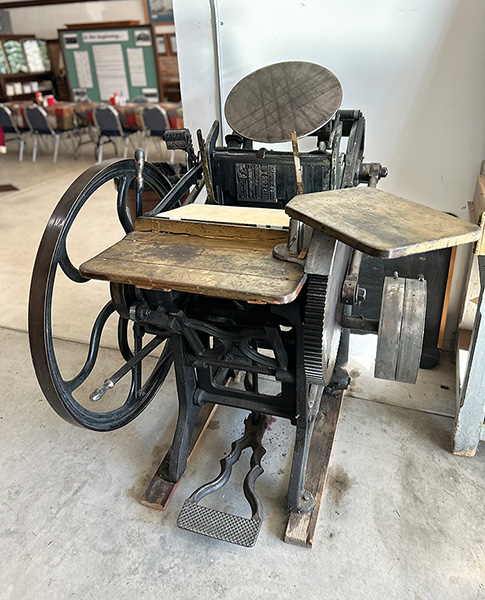
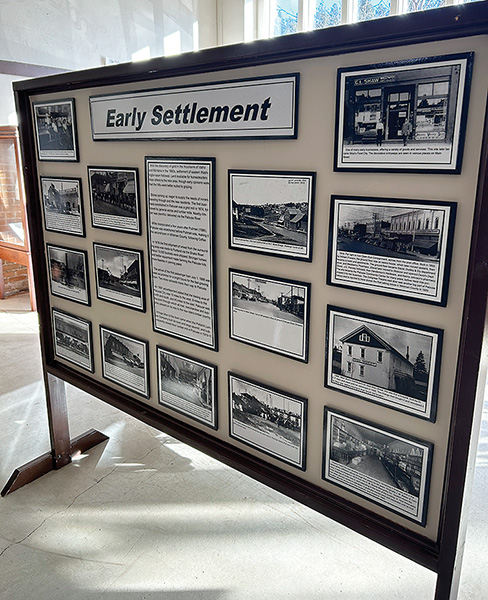
The backstory
The museum came together through the efforts of Dr. Roy Chatters beginning in the late 1960s. Chatters, a retired Washington State University professor, had grown up in a family with a background in the printing industry, and as small newspapers throughout Washington began to fold, he tried to save as much of the equipment and archives as he could, explained Greg Partch, one of the charter members of the WCHS. Partch and his wife, Sherry, along with many other WCHS members, has been involved with the printing museum from the beginning.
Much of the old printing equipment was obsolete, not to mention extremely heavy, and was just being hauled to the dump, along with archives, Partch said.
“Not only the big heavy machinery, but the newspapers all had bound journals. Roy was just beside himself,” Partch said. “He had been around to all the little newspapers, not just here, but across the state. One by one, they would go under. He’d go down and rescue as much as he could.”
As his rescue pile grew, Chatters was in search of a place to store it all. A local business owner, J.B. West, owned a vacant building on Palouse’s main street and donated it to the WCHS with the understanding that it would be used as a museum. In 1976, the museum, dedicated to J.B. and Olga West, opened.
As the years passed, the museum continued to slowly grow. In 1994, Chatters died, and a 1996 flood threatened to destroy the museum. Fortunately, the archives were moved to higher ground in time, and most of the equipment was raised on blocks, but the water caused extensive damage to the building, and it had to be closed. WCHS members and the community rallied to save the museum. Through grants and volunteer work, the building was renovated and reopened as the Roy M. Chatters Newspaper and Printing Museum in 2003.
“All these little towns, Garfield, Oakesdale, Rosalia, LaCrosse, Tekoa, almost all of them had newspapers, and you are able to at least see the bound papers from the late 1880s. It’s all preserved because of Roy,” Partch said. “That’s the core of the museum. Then there’s the associated printing presses. You see the history of how newspapers evolved from the really early presses they used, the flat plate up to the where the lead came in and replaced wood and then the Linotype.”
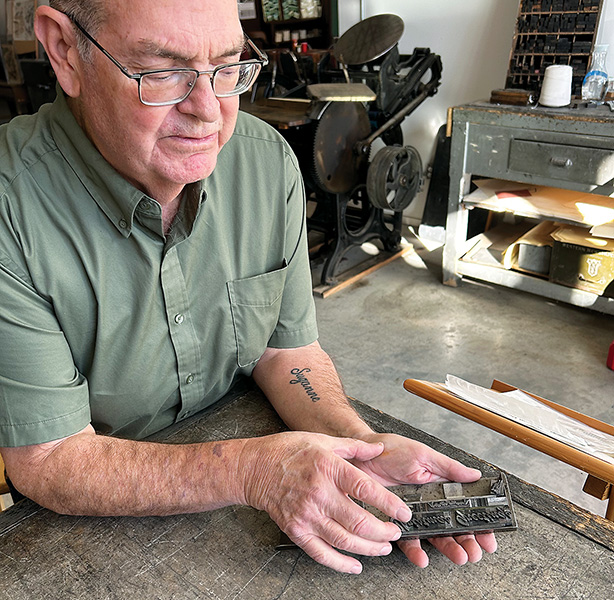

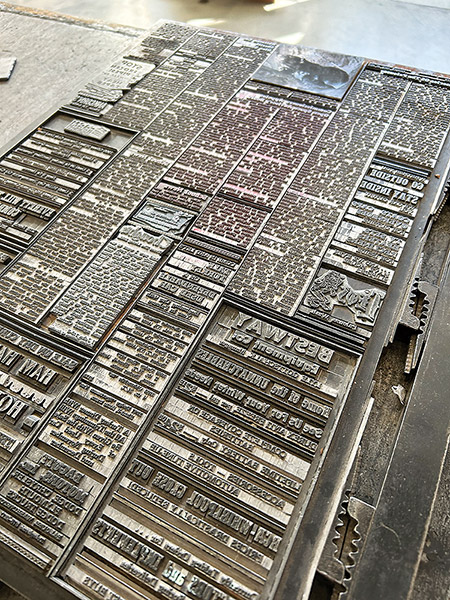
Today
Janet Barstow, another WCHS member, has been responsible for running the museum and giving tours since it reopened. Barstow was born and raised in Palouse, and her love for the town and its history is obvious.
“My family settled here in the early 1880s, and I’ve lived here most of my life,” she explained. “It’s really fun when someone comes in and says their grandpa used to live here. I ask them the name, and lots of time, the name is familiar, and they are tickled. There’s a lot of resources here that I can go to and find information about a relative. It gives me the biggest joy.”
The museum is supported by volunteers, donations and the WCHS. Barstow explained that running the museum as a volunteer is “my gift to my town.” She is often helped out by other volunteers, including long-time Palouse resident, Don Myott, who has also done a great deal of research on the area, and volunteer printers, like Tony Sittner, who have given demonstrations and tours as well. Barstow said one of her favorite things is to watch people wander by the museum and then double back, a little dubious about a printing museum in tiny Palouse.
“I get them hooked,” she said, laughing.
Along with the collection of printing presses and tools, the museum owns a near-complete collection of Whitman County newspapers dating back to the 1880s, which are available for research, with donations requested for this service. The museum is open most Saturdays — although it’s a good idea to check — from 10 a.m. to 2 p.m., except during October and January. It is also available by appointment for group tours and school trips by contacting Barstow at (509) 330-0353 or emailing her at barstow@palouse.com.
In an age when newspapers are an endangered species, Barstow hopes that visitors leave the museum with an appreciation of the printing industry, especially in the late 1800s and early 1900s.
“The next time they pick up a newspaper, I hope they appreciate how it used to be done, how much work was involved and an appreciation for the technology,” she said.
